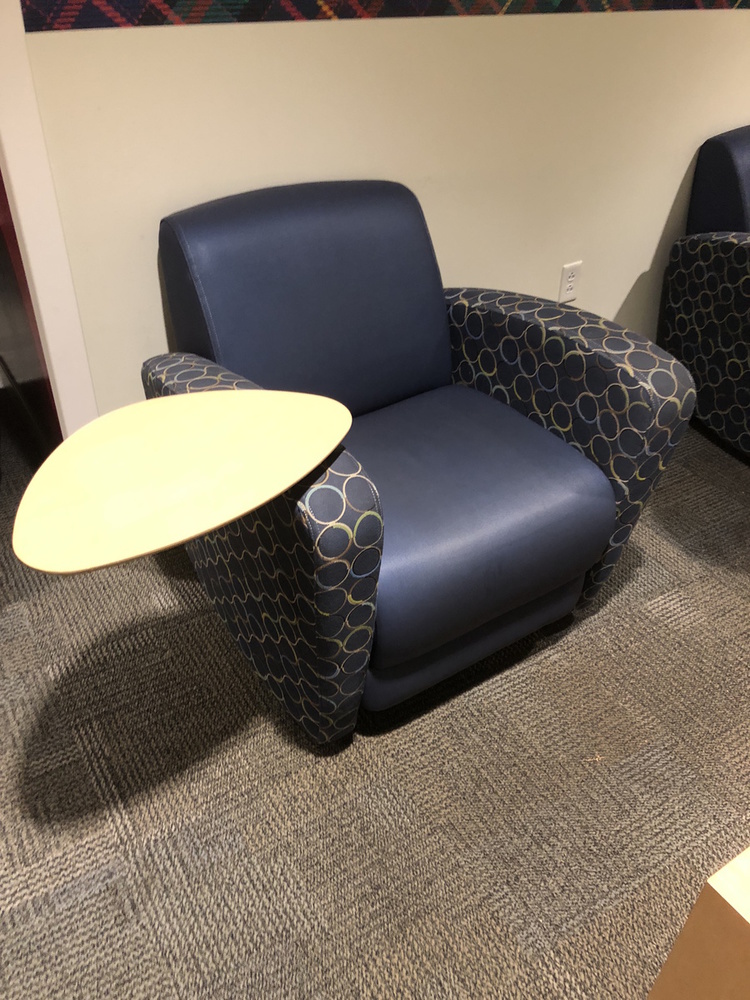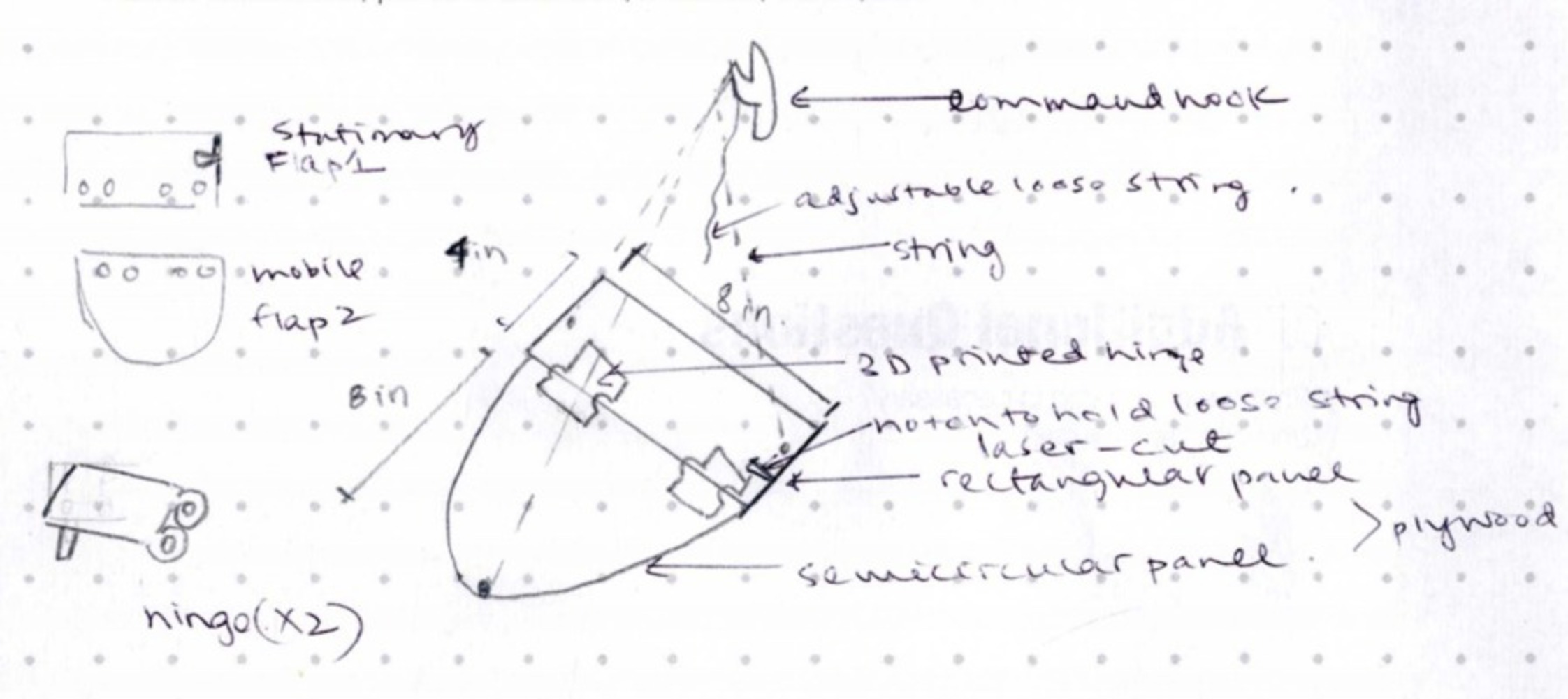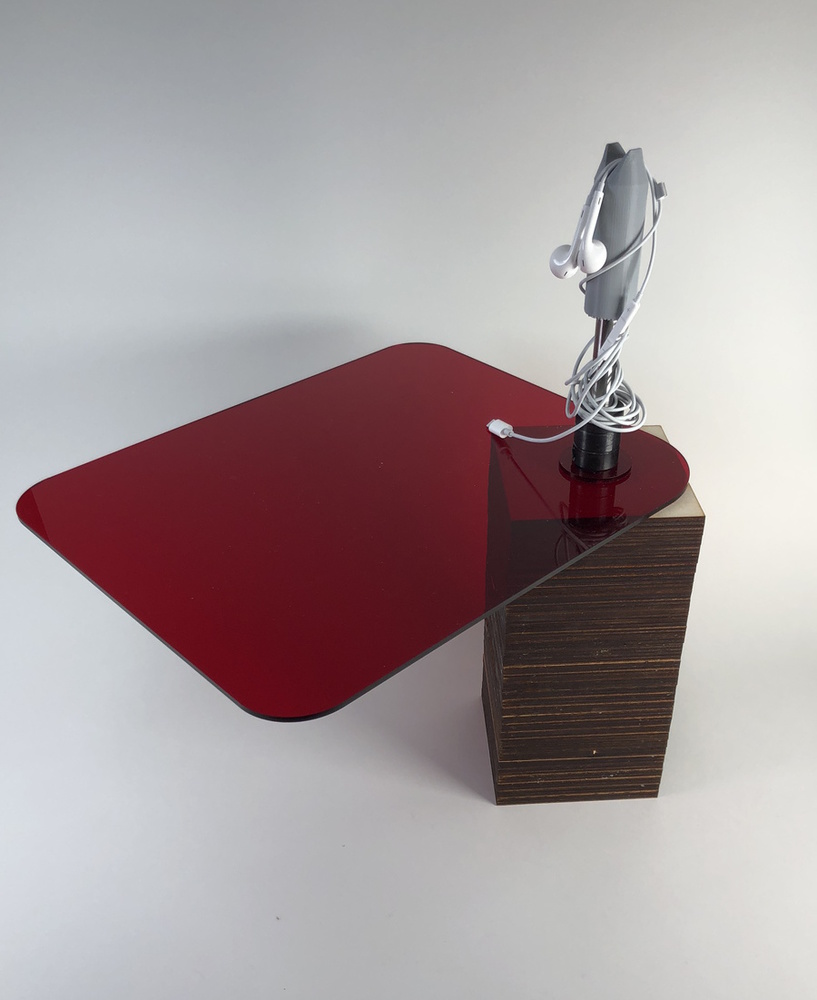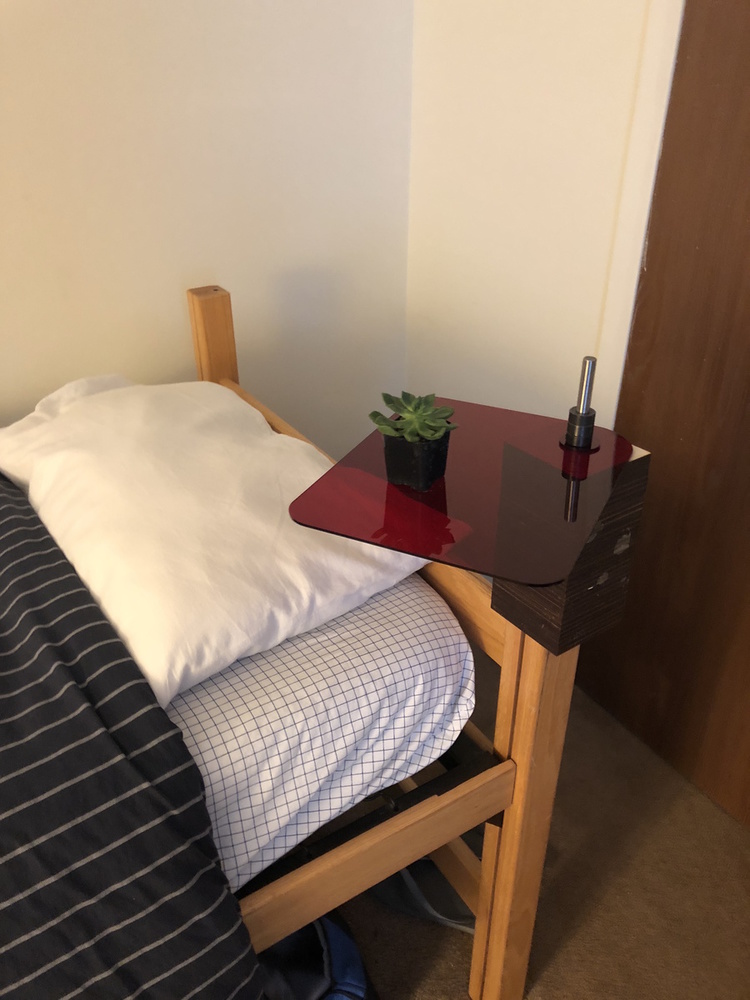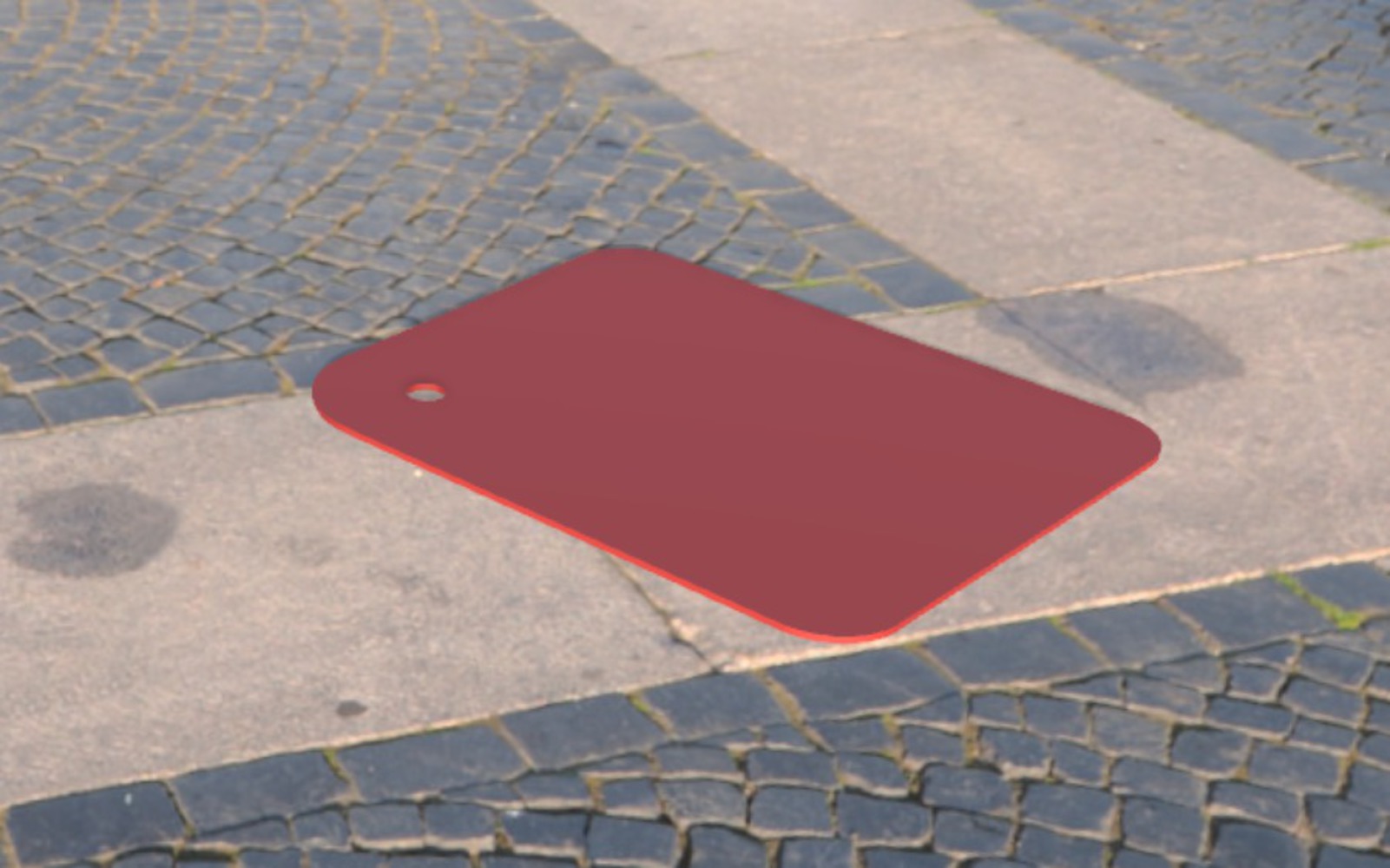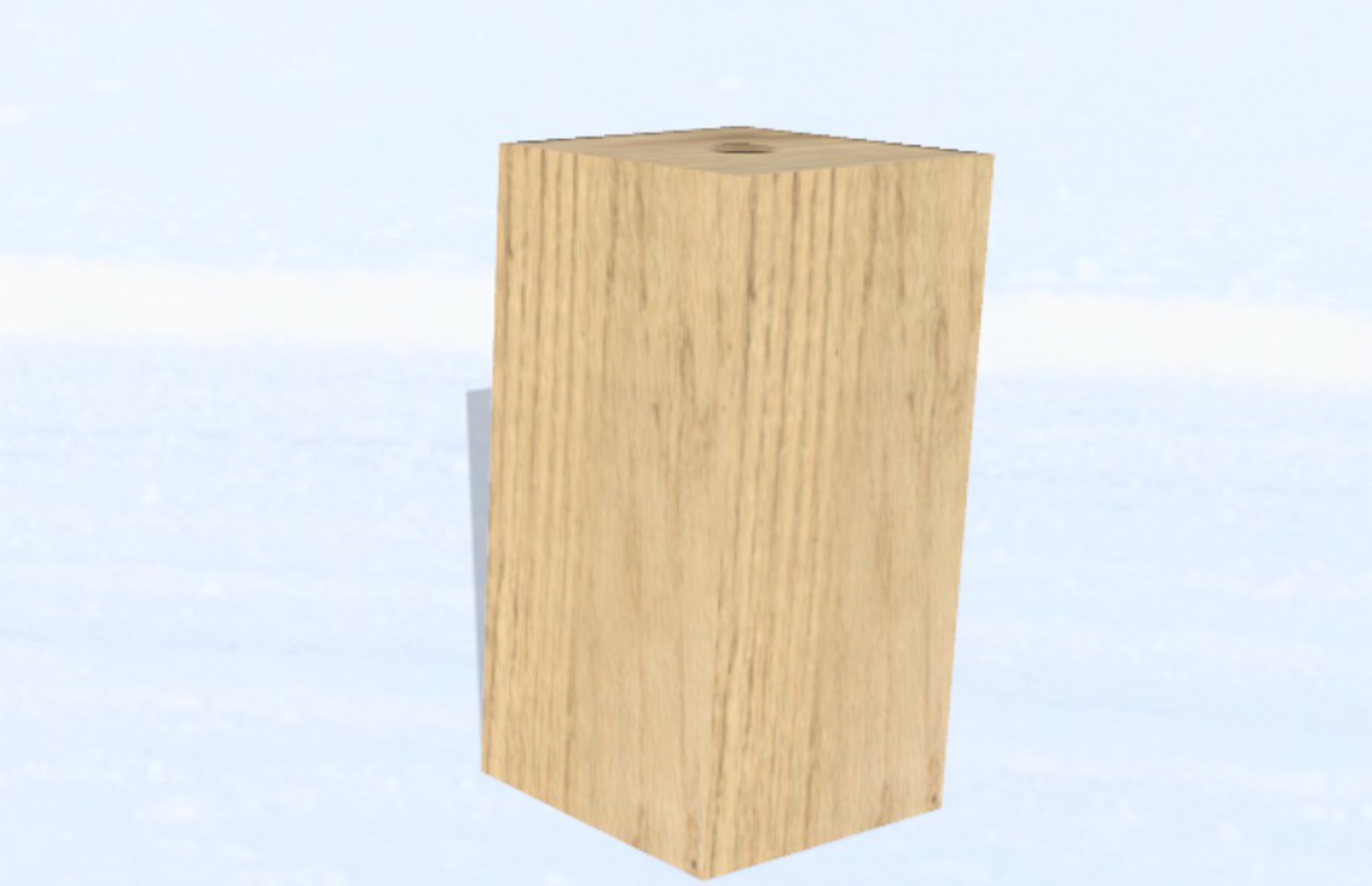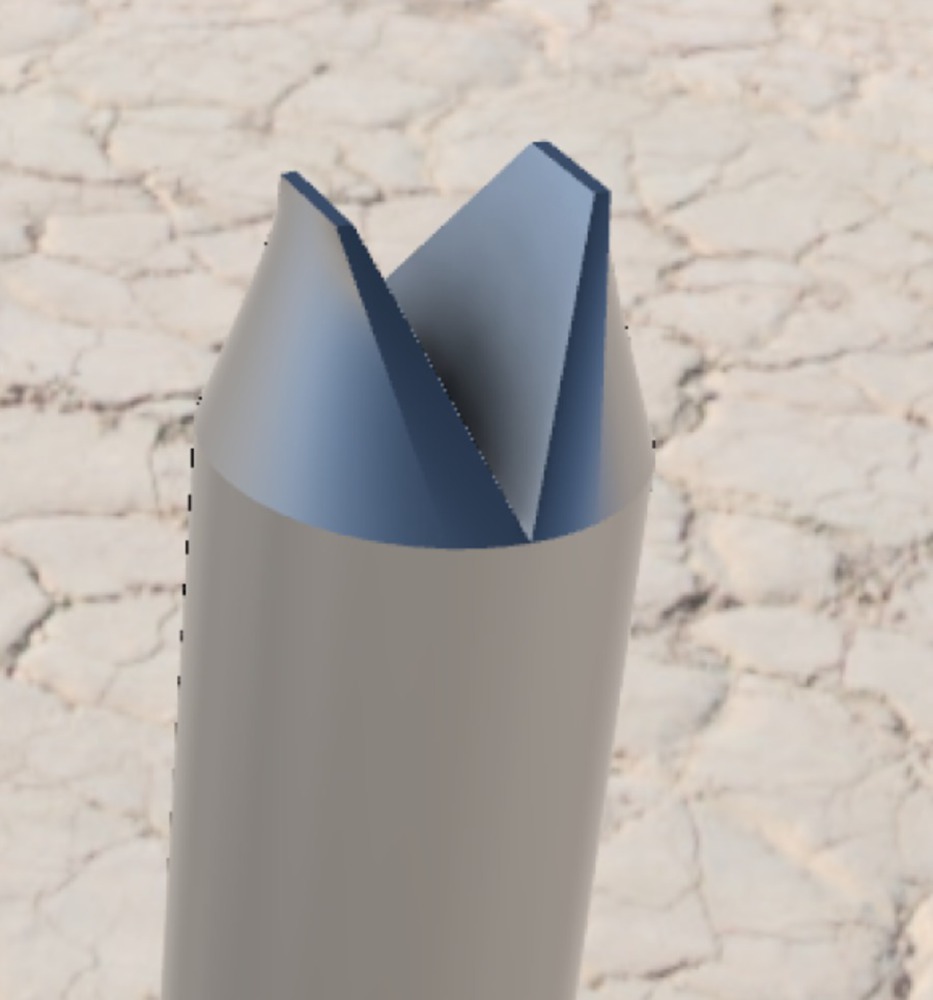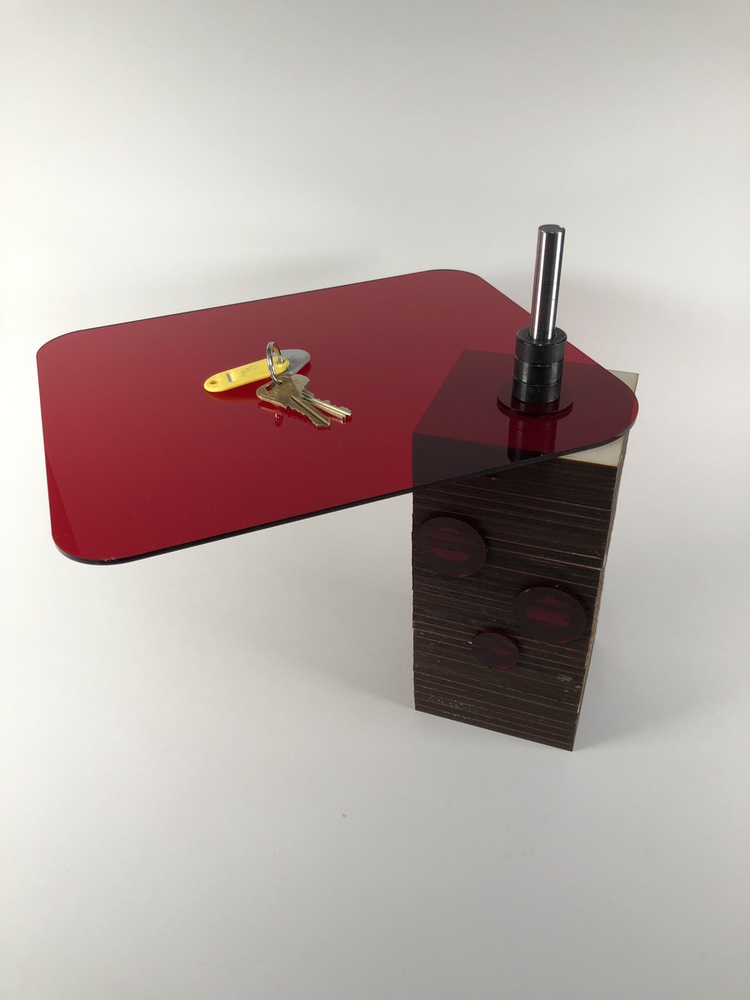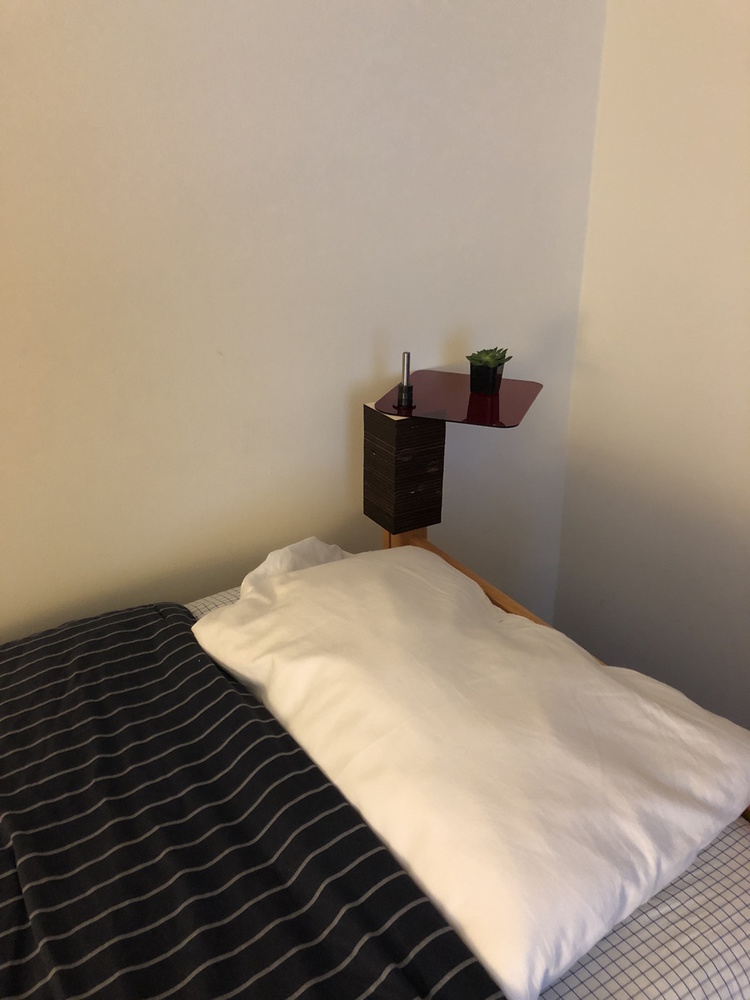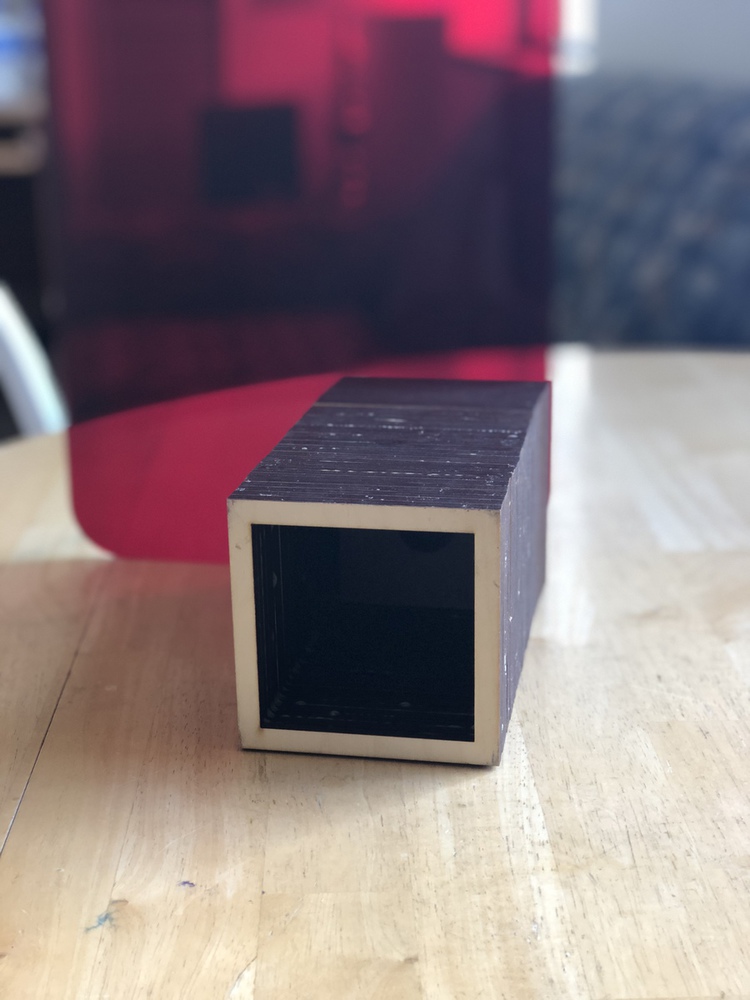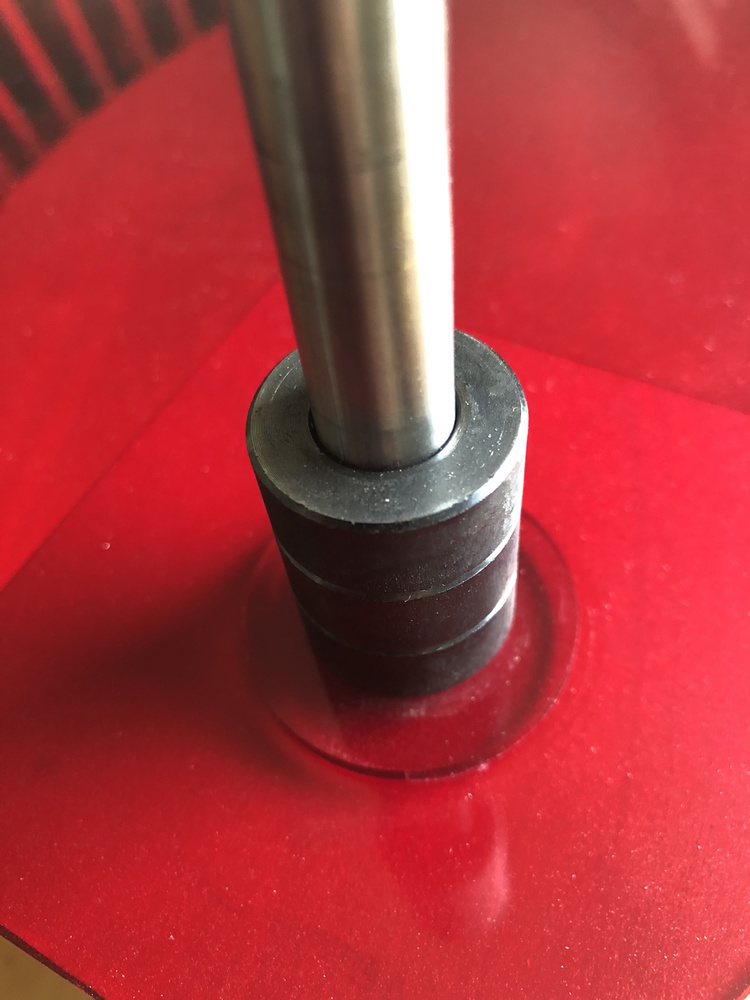Intention
For me, a bedside table was a natural choice for this project. In my apartment, there is not enough space for a free-standing bedside table. Consequently, I end up storing my phone, earbuds, glasses, and other items on the floor under my bed. This makes them difficult to reach, and I have long been searching for a solution to this inconvenience.
